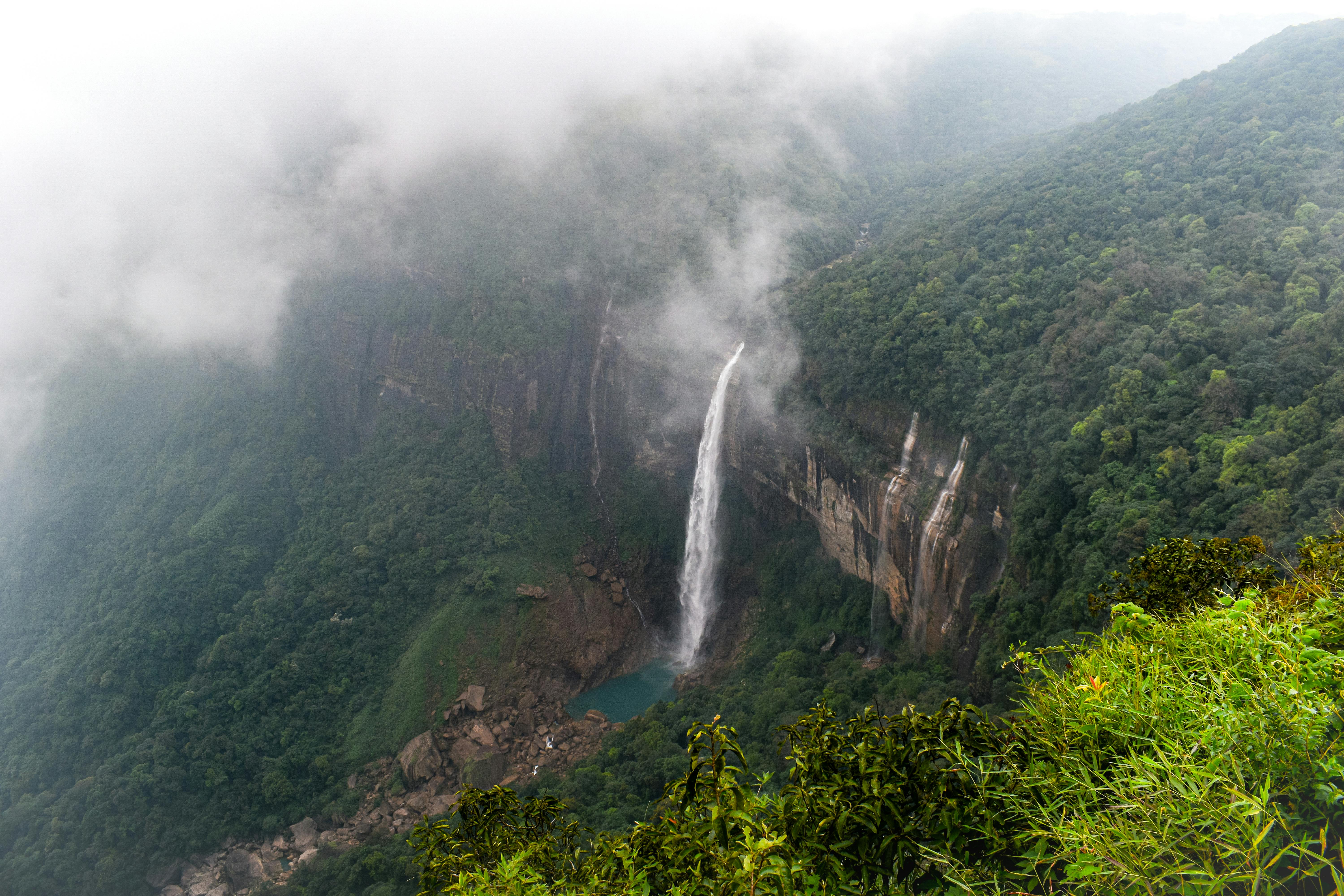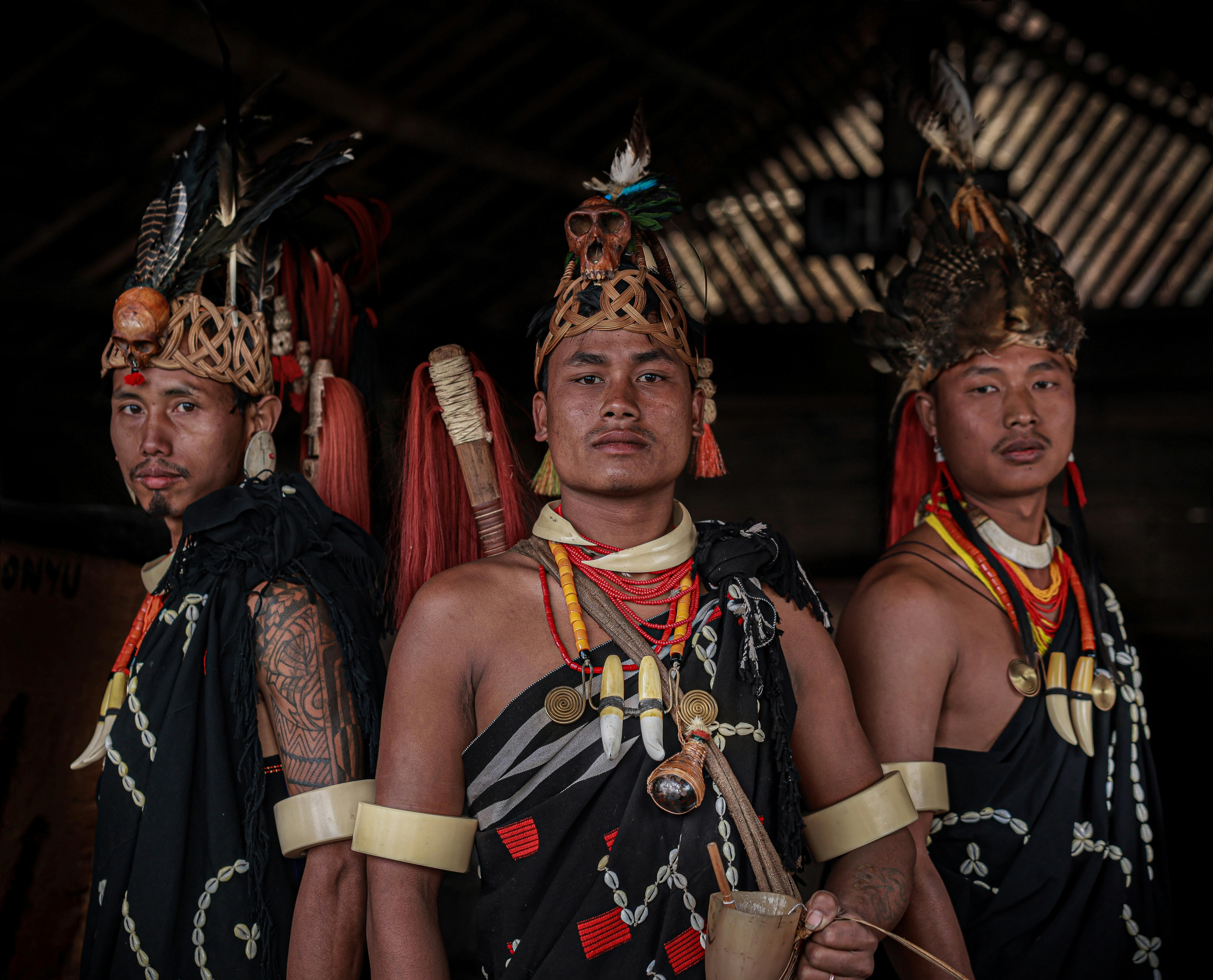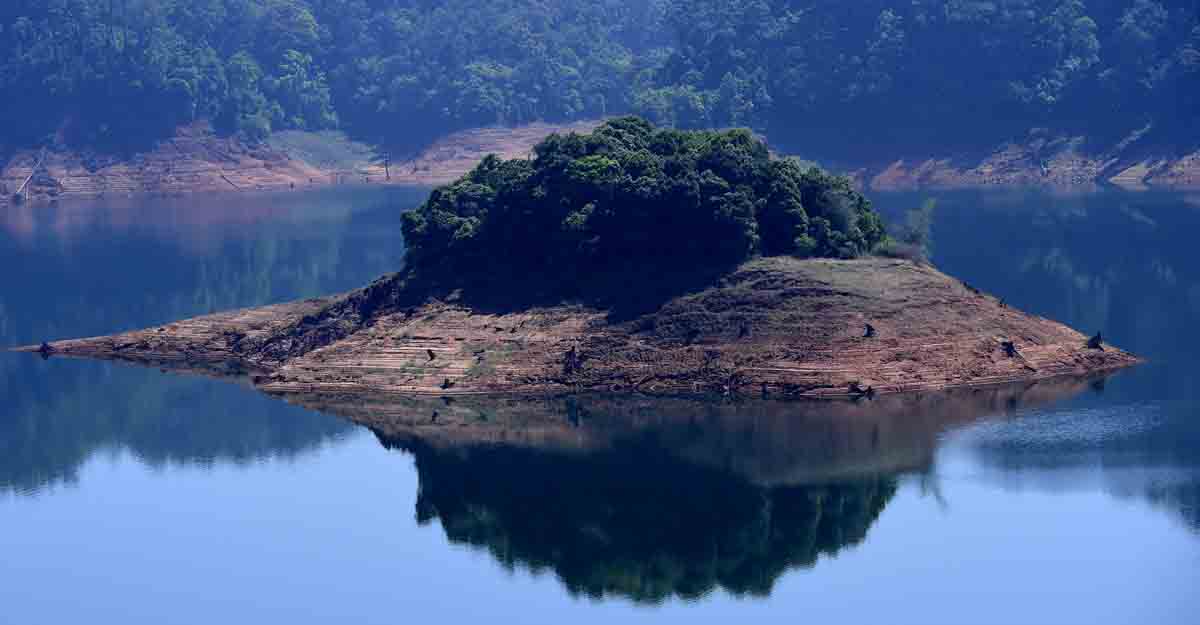Discovering India’s Best-Kept Secrets
India’s charm doesn’t lie only in its bustling cities or popular hill stations — it thrives in its hidden villages, where time slows down, culture lives on, and nature greets you with raw beauty. For travelers seeking authentic experiences away from crowds, these offbeat villages offer more than just scenery — they offer soul-touching stories, warmth, and a glimpse of a disappearing way of life.
1. Mawlynnong, Meghalaya — Asia’s Cleanest Village

Nestled in the East Khasi Hills of Meghalaya, Mawlynnong is often referred to as “God’s Own Garden.” Awarded the title of the cleanest village in Asia, every household participates in maintaining its cleanliness. Bamboo dustbins line the stone-paved paths, and plastic is banned in the village. But it’s not just cleanliness — the village also boasts living root bridges, panoramic sky views from tree houses, and a rich matrilineal culture that fascinates every traveler.
What makes it special is the harmony between nature and the locals. You’ll see vibrant gardens outside every hut, women weaving baskets, and children playing freely in spotless lanes. If you're looking for eco-tourism and cultural immersion, Mawlynnong is a must-visit.
2. Malana, Himachal Pradesh — The Ancient Himalayan Hamlet

Malana is a mysterious and beautiful village located in the Parvati Valley of Himachal Pradesh. Isolated from the rest of the world for centuries, Malana has its own rules, beliefs, and governance system, and the locals consider themselves descendants of Alexander the Great.
While the breathtaking views of snow-capped peaks draw trekkers and adventure seekers, it’s the unique traditions and social system that capture curious minds. Tourists are welcome — but touching locals or their homes is prohibited. Despite its seclusion, Malana is becoming a favorite among offbeat travelers who are looking for a raw and real Himalayan experience.
3. Khonoma, Nagaland — India’s First Green Village

Khonoma, located near Kohima, is a model of sustainability and conservation. Once known for hunting, the Angami tribe of Khonoma voluntarily turned to conservation and made the village India’s first “Green Village.” Surrounded by lush forested hills and terraced farms, it feels like stepping into a forgotten world.
The village showcases traditional Naga architecture, war memorial stones, and stories of fierce resistance against the British. Visitors can stay in homestays, taste authentic Naga cuisine, and even witness tribal festivals filled with music, dance, and colorful attire. Khonoma is perfect for those who want to combine eco-travel, culture, and history.
4. Gavi, Kerala — Forest Village in the Western Ghats

Gavi is a paradise tucked away in the Pathanamthitta district of Kerala, deep inside the Periyar Tiger Reserve. Still untouched by mass tourism, it offers breathtaking landscapes — misty hills, spice plantations, cardamom forests, and pristine lakes.
This is a village where elephants walk freely in the wilderness, birds wake you up with their songs, and locals practice sustainable living in harmony with nature. Gavi also supports eco-tourism and lets visitors participate in treks, boat rides, and wildlife spotting — all under strict eco-guidelines. It’s a great retreat for nature lovers and photographers.
5. Majuli, Assam — The World’s Largest River Island

Majuli, sitting quietly on the Brahmaputra River in Assam, is the largest inhabited river island in the world. This village-island is not only a natural wonder but also a spiritual and cultural epicenter of Assamese Vaishnavism.
Majuli is home to several ancient satras (monasteries), and the monks here practice unique dance, drama, and storytelling forms. The island thrives on fishing, mask-making, and pottery — and is slowly disappearing due to erosion. Visiting Majuli is like stepping into a cultural museum floating on a river — peaceful, beautiful, and unforgettable.
Why These Hidden Villages Matter
These villages remind us of what real India looks like — not the cities full of chaos, but the untouched landscapes full of life, legends, and love. Exploring them helps promote sustainable tourism, support local economies, and preserve traditions that may otherwise vanish in a modernizing world.
So, next time you're planning a trip, skip the obvious destinations. Instead, choose a village where stories breathe in every house, and every path leads to discovery.
Travel differently. Travel deeply. Travel with Wander Venture.